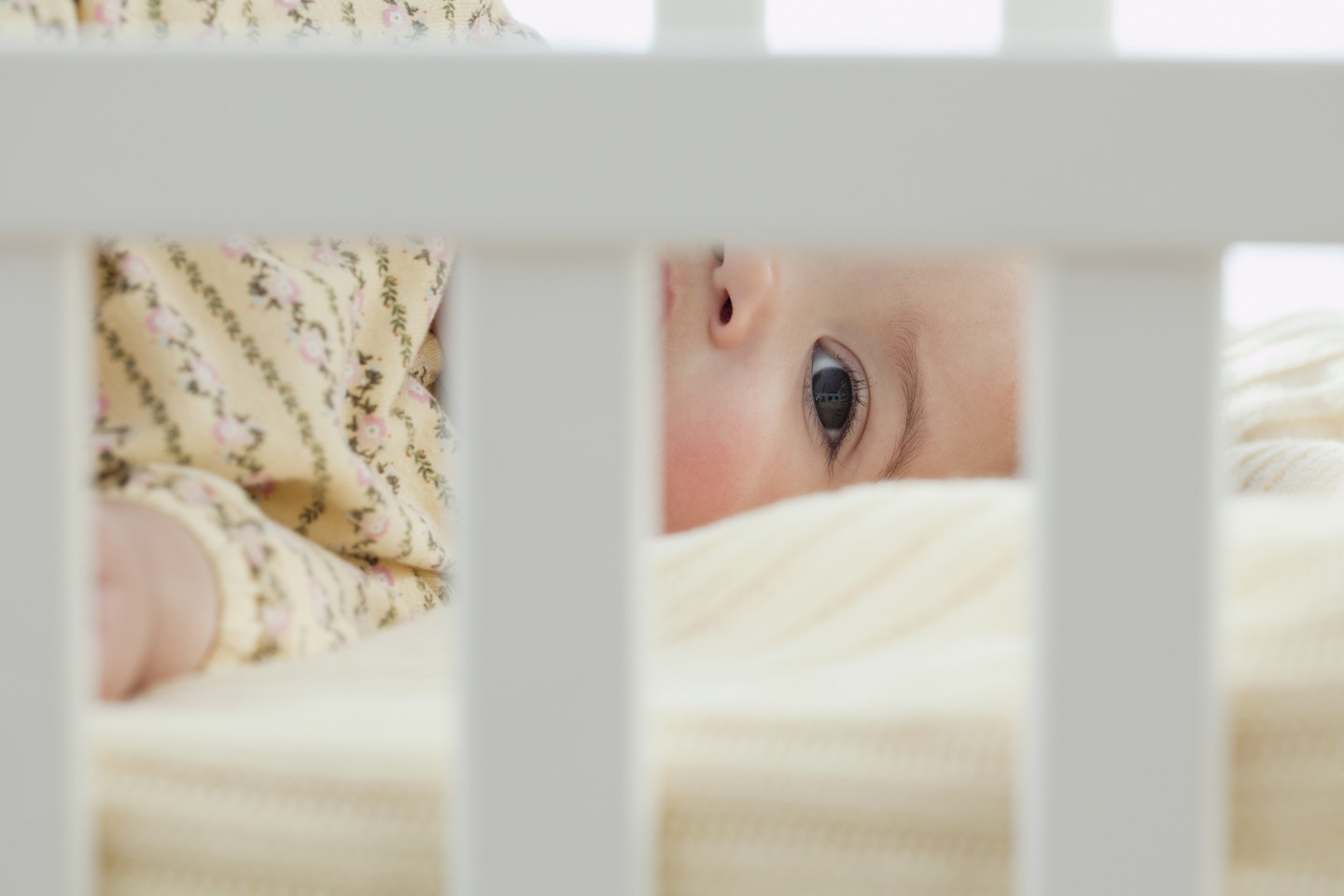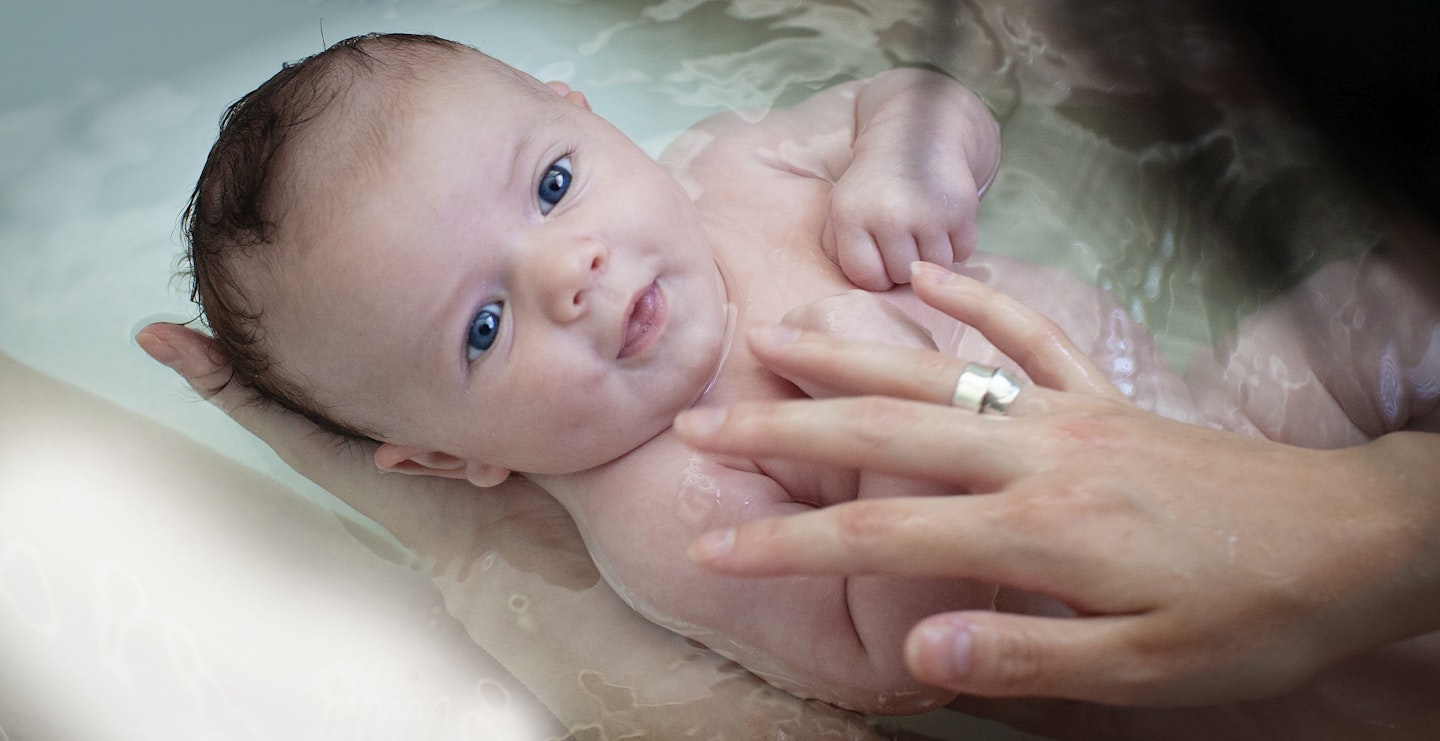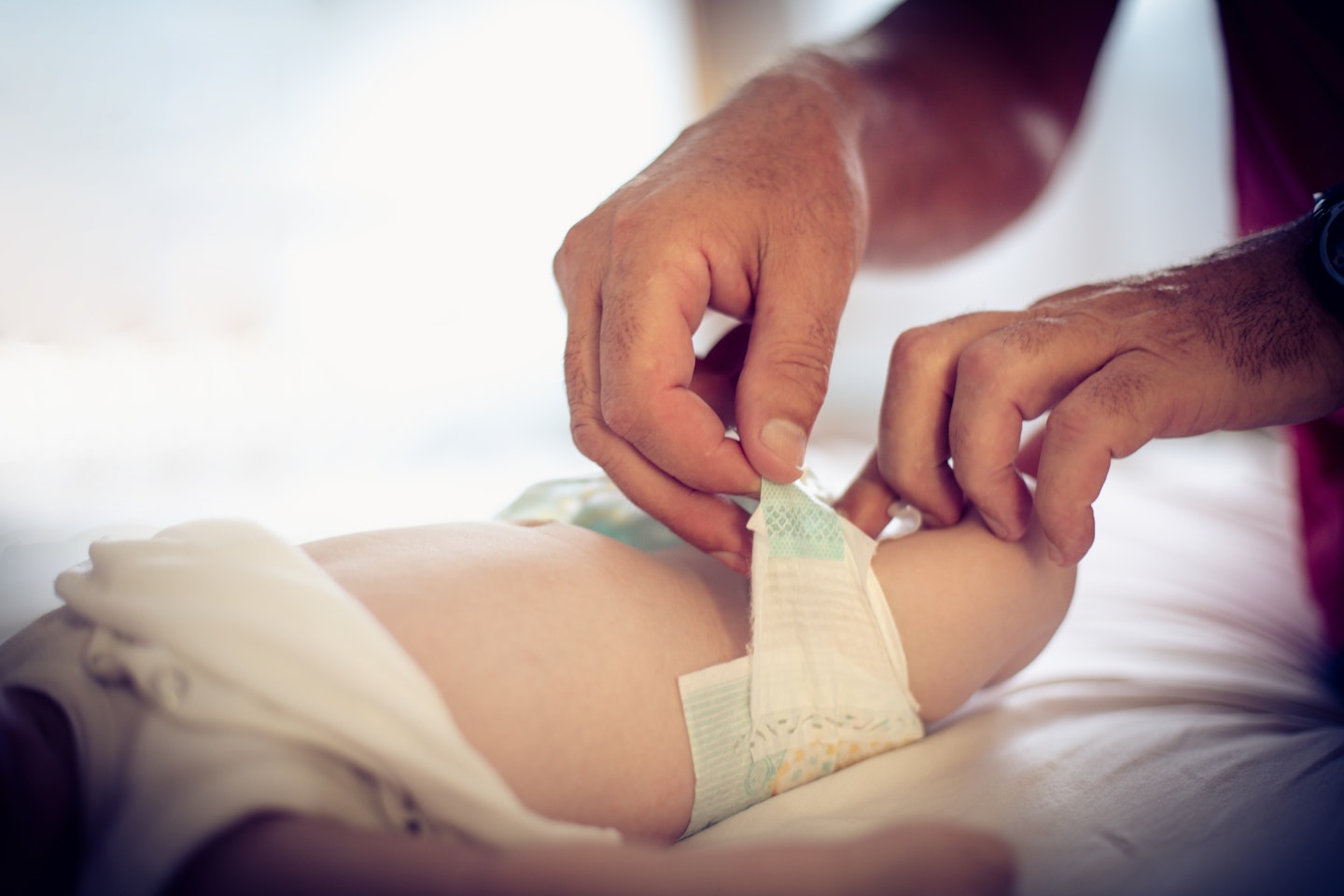The first few weeks with your new baby is one of the most overwhelming times, but don’t fear, we’ve discovered everything you need to know about their week-by-week development and week two with your new arrival.
How should a two-week-old baby be physically developing?
2 week milestones
 1 of 6
1 of 61) Awake for longer
Your little one is now 2 weeks old. Although they will be sleeping for up to 18 hours, you will notice that they will be a lot more alert and reacting more through crying. They are now able to stay awake for longer.
 2 of 6
2 of 62) Bruising and marks
You may have seen a small number of bruises, scratches and even birthmarks since delivery! If you see any birthmarks, make sure you note where they are and make an appointment with a pediatrician as they might need to be looked at and treated. Bruising and scratches are completely normal after birth and should clear up this week.
 3 of 6
3 of 63) Crying
Your baby should now be telling you that they are hungry or uncomfortable through crying.
 4 of 6
4 of 64) Bath time
If you decided to keep the umbilical cord on, it should be around the time that it's fallen off, which means, bath time is here. Don't worry if they're not a fan of the bathtub just yet, it could take some time and that's common. Bear in mind that your baby doesn't need to have a bath every single day too. Read all about how to care for your baby’s umbilical cord stump.
 5 of 6
5 of 65) Nappy changes
This week the meconium stageshould be over with. Instead of a black tar texture, it should now be more yellow and with a seedy appearance.
 6 of 6
6 of 66) Hunger cues
2 week-old newborns require a lot of feedingand care. So start to get familiar with their hunger cues. Try not to wait to feed them until they're crying when they're at the end of their tether, as they might be too frustrated or tired. If they're drawing any attention to their mouth (hands/fingers in mouth/sucking on their lips or tongue), making faces, fidgeting or wriggling around, they are hungry. Also, they are likely to wake up because they are needing to be fed!
Your baby may still be losing weight since they’re not used to feeding yet, this will most likely stop by day 10-11 and is nothing to worry about. Once they do put weight on again, they will gain around 25g per day - of course every baby gains weight differently and this is just a guide. You don’t need to be weighing them every day, once a month is advised for the first six months.
They’ll seem to be growing fast, even if they’re still curled into their womb-like position. One thing you don't expect is that their nails already need trimming, which is best to do while they are asleep. You may notice them exercising their muscles by sucking, grasping and blinking.
How should a two-week-old baby be cognitively developing?

At two weeks, the 25cm rule still applies and your baby will only be able to focus on you if you’re within that distance. They’re likely to be staring at you with intense concentration, starting the journey of communication, so take the moment to make eye contact and chat as it’s a great way to bond.
Your baby is yet to develop her little personality, and will likely be moving between drowsiness, quiet alertness and active alertness.
Colic

If you’ve noticed that your baby is crying for more than three hours at a time for no particular reason, they may have colic. Colic is uncontrollable crying in an otherwise healthy baby, and there’s no definite medical explanation for it. While 5-20% of babies experience it at some point, 60% of them will settle down by three months and 90% are better by four months.
What jabs should a two-week-old baby have?
None as of yet! Your baby doesn’t need jabs until they’re eight weeks old, but get prepared with these handy tips on how to keep your baby calm during routine vaccinations.
How much should a two-week-old baby be sleeping?
Your baby is still likely to be sleeping around 17 hours a day, and even when they’re awake their unlikely to be actively alert at all times. However, at two weeks old you can start helping them understand the difference between day and night (newborns are born without a body clock). Play with your baby as much as possible when she’s awake during the day, keep the house bright and full of typical daytime noises. If they sleep through feedings, wake them up. When it gets to night time, keep the lights and noise low and don’t play with them when they wake up. Eventually, they’ll realise the difference!
If you’re finding the erratic sleeping schedule difficult, check out how to fix these sleep mistakes new parents make in the first few weeks.
How much should a two-week-old baby be eating?

You’re probably getting more used to feeding at this point, but if you are struggling to breastfeedyou can always visit your midwife for some more support.
Your baby will be increasing how much food it can eat every day, and by two weeks they should be having between 1.5 and 3 ounces over 24 hours. Of course, this depends on how your baby is growing, so don’t worry if they’re eating more or less than this.
If you’re breastfeeding, it may be more difficult to know how much your baby is eating, but as long as your baby is latching on and feeding until they want to stop, rest assured, all is ok. Check out these tips for the best positions to use when breastfeeding your baby.
How much should a two-week-old baby be pooing?
Your baby's pooing schedule will be much the same as week one, but since they’re getting more used to the feeding, they may be filling their nappy more often this week. As long as they’re going between one and ten times a day then they are in the norm. If you’re worried your baby is passing too few bowel movements, check for a swollen abdomen or look out for signs that they are in pain when trying to poo. If they are, contact your GP, but rest assured, as long as they’re wetting their diaper around six times a day then they’re getting enough to eat.
Read more: Why is my baby’s poo green? We answer all your poop questions
Milestones of a two-week-old baby

-
Losing the umbilical cord: When your baby was first separated from the umbilical cord, it would have left an umbilical stump at their belly button. In the first two weeks of life, that remaining piece of cord tissue will fall off. You should give your baby sponge baths instead of tub baths during this time to keep the area dry until the cord has completely fallen off.
-
Get outside: You’ve probably been bound to your house for over a week now, and you may be going a bit stir-crazy. Take the opportunity to get out of the house and give yourself and your baby some fresh air.
What problems should parents of a two-week-old baby be aware of?
-
Fussy: It’s normal for your baby to be irritable at the end of the day, as they get used to a whole load of new sights and sounds! Heart rate and sucking patterns change when your baby hears a new sound, but if they seem to be getting agitated a lot try and find a quiet place to soothe them with massage or rocking.
-
Constipation: You may be overly worried about this because you’re not yet used to your baby’s typical poo face. Look out for a loss of appetite, crying and discomfort before doing a poo, less than three bowel movements a week or a dry hard poo. If you notice these things, contact your GP.
-
Postnatal Depression: Around the two-week mark, your baby blues should be dissipating as your hormones settle. Therefore, if you're overwhelmed by feelings of failure or as though everything could go wrong and it’s all your fault you may be experiencing postnatal depression. Here are some of the key differences between the baby blues and postnatal depression for you to look out for. Remember there’s no shame in seeking help, one in ten women experience postnatal depression.
Make sure you're following Mother & Baby on Instagramfor relatable memes, inspiring stories and parenting hacks!
Subscribe to Mother&Baby magazine for expert tips, must-have products and invaluable advice for mums, delivered straight to your door.
Whether you’re planning your new baby essentials shopping list, giving friends and family gift ideas, or planning for your baby shower, the Amazon Baby Wish List allows you to keep track of all your shopping ideas in one place.Click here to start yours today!
